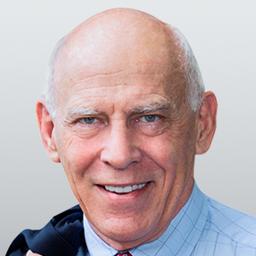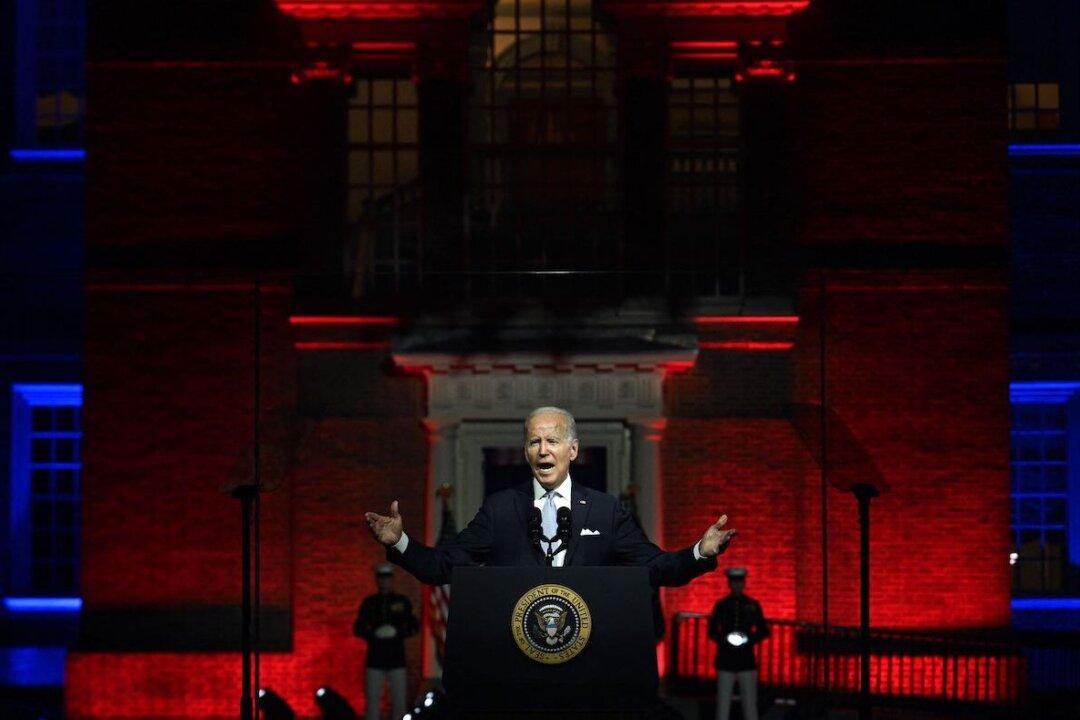Commentary
Cultures vary in how they bring a boy or a girl to maturity as a man or a woman. But for all their variety, every culture until now has educated girls and boys, in the words of Margaret Harper McCarthy, “in how to behave, dress, and act in ways that foster their eventual union and common life together. That, of course, can go wrong in many ways, but it will always go wrong if the education of the sexes begins by denying the human significance of them, by downgrading them to ‘biological males or females.’”





